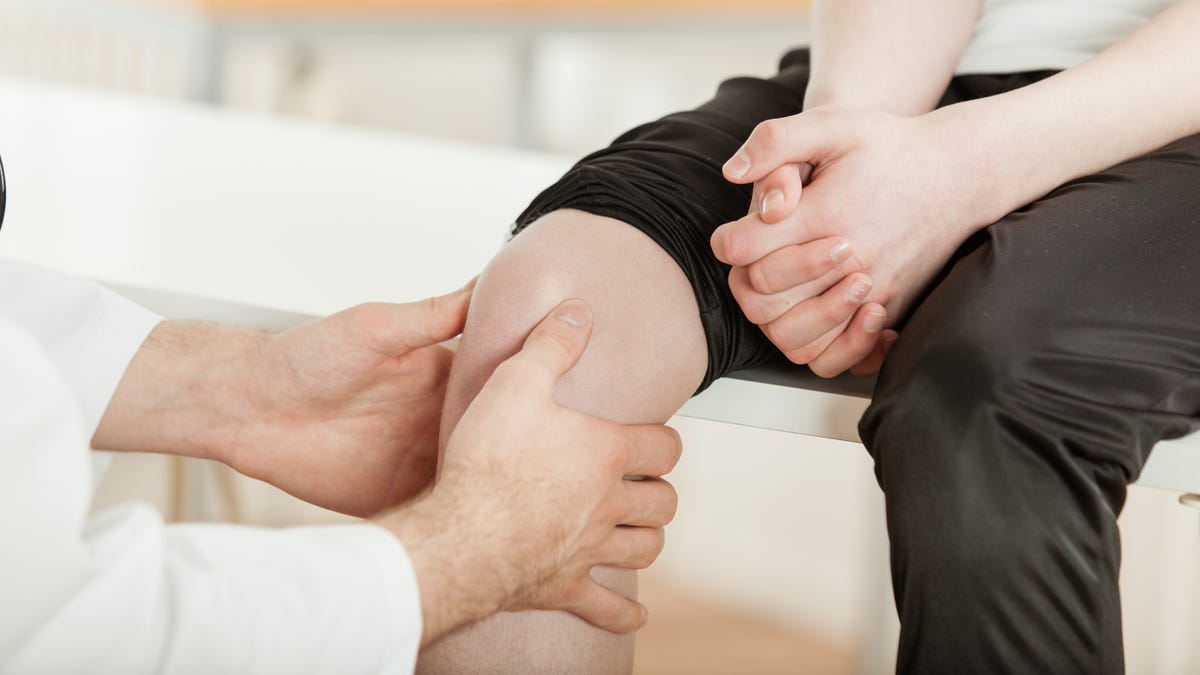Stay Healthy With This Normal Physical Exam Template
Adults should undergo a routine physical exam once a year to test for diseases, identify the risks of potential future medical problems, update vaccines, and promote a healthy lifestyle, according to doctors. The vast majority of patients seek medical assistance only when they are sick. Maintaining a relationship with your doctor, even if you are feeling fine, will allow us to identify any concerns, such as high blood pressure, early and treat them before they become more serious.
During this exam, your doctor will go through your family history and medical history with you, as well as extensively evaluate the following for any atypical signs/symptoms that could suggest an imminent medical problem:
- Skin
- Entire head
- Eyes
- Ears
- Nose and sinuses
- Mouth and pharynx
- Neck
- Back
- Breast and armpits
- Heart
- Lungs
- Abdomen
- Rectum and anus
- Reproductive Organs
- Legs
- Blood vessels
- Spine
They will most typically use a normal physical exam templatewhile assessing you, which you can find also in this article.
What Are Some Normal Physical Examination Findings?
Cheat Sheet: Normal Physical Exam Template
Two critical functions are served by documentation. It keeps you out of jail for starters. Okay, so incarceration isn't a realistic option, but there are lots of instances in which your behavior as a healthcare professional could be questioned. And in the realm of medicine, if you don't write it down, it didn't happen. In the event that another physician, patient, or other party does not agree with your actions, documenting your findings on a physical exam as well as the reasoning for your plan of care helps as a defense.
Secondly, documentation aids in the continuity of care of patients. How inconvenient is it to be expected to pick up where another provider left off, only to discover that they left little more than two lines of handwritten chicken-scratch scrawled across the chart regarding the patient's situation? Don't let yourself become that person. Documenting your findings and treatment plan for the patient enables other healthcare practitioners to continue caring for the individual in your absence. Alternatively, it permits others to give care alongside yours without interfering with your part of the care plan. Document exam findings and your next steps with the patient to keep everyone informed.
A physical exam isn't always documented the way you learned it to be in school, and it is crucial to remember that. Most providers, under pressure to be more efficient, condense physical exam documentation to only the essentials. There's a narrow line to be drawn between spending too much time charting and documenting too little. Because the amount you're paid for each patient visit is determined by your documentation, cutting corners might have a direct impact on your bank account. With practice, you'll be able to find a balance between how much and how little information to include in your chart.
A thorough examination and provision of documentation for each individual body system are not required in the vast majority of cases. This template will provide a detailed description of each body system for the purposes of providing a general overview. In practice, you should focus on systems that are relevant to the patient's history and presentation.
Finally (and this is a caution), this page does not purport to be an exhaustive resource for documentation. It's designed to be a useful tool that can be used in a clinical context. You may need to record discoveries not covered in this sample write-up with particular patients.
General
- Well-built and well-fed, the subject appears to be of a specific age.
- Constantly aware of time, place, person, and situation.
- Both recent and distant memory are preserved. Excellent perception and cognitive function. There are no signs of aphasia, dysarthria, or hoarseness.
- Normal gait and station, negative Rhomberg.
- Warm, dry, and turgorous skin. There is no discoloration, bleeding, rash, or other lesions. Hair maintains its natural texture and dispersion. There are no alterations to the nails.
Head
- Normocephalic, no scalp lesions.
- Face sensation is unaffected. There is no facial asymmetry, and all facial expression muscles are intact.
- Ears and nose that are free of deformity, outward pain, or discharge
- By rough testing, hearing is found to be intact bilaterally (or: to whisper)
- Conjunctivae pink, sclerae white, no jaundice. There is no en- or exophthalmos, nor is there lid ptosis. External ocular motions (EOMs) are complete (or intact), with no strabismus or nystagmus. Pupils equalize, respond to light, and accommodate (PERRLA). Visual fields remain intact in the face of conflict.
- Lips are normal color and free of lesions in the mouth and throat. Teeth are present, and dental hygiene is satisfactory. Pink gums and mucous membranes without bleeding, lesions, or inflammation Tongue size and papillation are typical, with a midline protrusion. Tonsils aren't swollen (or: absent).
- Palate raises symmetrically, gag remaining intact.
Chest & Back
- There is no aberrant spine curvature. There is no muscle spasm or discomfort, and there is full range of motion.
- Female breasts are symmetrical and normal in size, with no dimpling, lumps, soreness, or skin abnormalities. There is no nipple deformity or discharge.
- There are no swollen axillary lymph nodes.
Cardiovascular
There are no lifts, heaves, or thrills on the outside of the chest. PMI is palpated in the 5th intercostal space at the midclavicular line and is not visible. The rate and rhythm of your heart are normal. There are no murmurs, gallops, or rubs audible. S1 and S2 are audible and of average intensity.
Abdomen
Without scars, a scaphoid. There is no unusual tympany. No bruits, just normal bowel sounds. Deep and superficial palpation without organomegaly or masses; no direct or rebound discomfort, rigidity, or guarding. The liver margin is soft (or not perceptible), and the liver span is 10 cm. The spleen is normal in size (or not palpable), and the kidneys are not palpable.
Extremities
- There is no asymmetry or muscular atrophy. All joints have full range of motion (ROM).
- Skin temperature is normal. There is no edema or superficial varicosities.
- The lymph nodes in the groin are not swollen.
- There are no bruits over the femoral artery, and all distal pulses (or: femoral, popliteal, PT, and DP pulses) are intact, full, and equal.
How Do You Get Ready For A Physical Examination?
Make an appointment with your primary care physician at a time that is convenient for you. You can also request a list of practitioners in your area from your health insurance company. A little planning ahead of time for your physical examination will help you make the most of your time with your primary care physician. You should make a list of the following important information:
- A list of your current prescriptions, including herbal, vitamin, and mineral supplements, as well as over-the-counter medications
- Make a list of any recent symptoms or pains you've had.
- A record of your most recent or pertinent laboratory tests
- A detailed account of your medical and surgical history
- A list of specialized doctors you've seen this year, as well as documentation of medical records from them
- Any implanted device information, such as a pacemaker or defibrillator. Keep a copy of your device's card as well as the doctor's suggestions.
- If you have any allergies or have had a drug response, please let us know.
- Any other concerns you have?
- Avoid wearing jewelry, make-up, or any other fashion item that could interfere with the inspection procedure by dressing in comfortable attire.
Conclusion
As part of healthcare, physical examinations are a must. In order to assess a patient's overall health, identify any potential medical disorders, and keep tabs on certain symptoms, doctors and nurses employ these tools.
It's common for doctors to urge more testing when they detect an underlying health problem.
In most cases, they'll try to make the process as easy and stress-free as possible. Concerned patients should talk to their doctor before scheduling a physical checkup.







